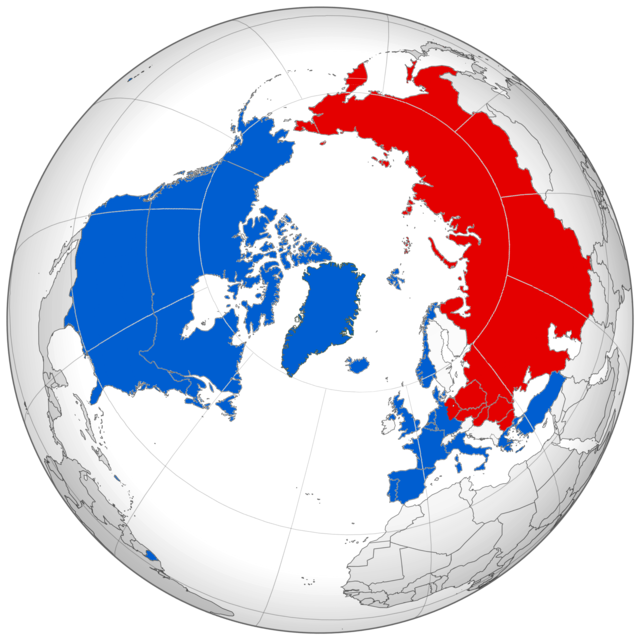Cro-Magnon and Neanderthal
Cro-Magnon
Cro-Magnon is a term often used to describe the first early modern humans of the European Upper Paleolithic. These resilient beings walked the Earth approximately 40,000 years ago, leaving behind a remarkable legacy of art and advanced tools. The name Cro-Magnon was used to describe this after their remains were discovered by a crew in southern France while building a road.

Neanderthals
On the other side of the stage, we find the Neanderthals, a robust and sturdy species that thrived in Europe, North Africa, and parts of Asia between 100,000 to 40,000 years ago. Neanderthals adapted to the challenges of their environments with distinctive physical features, such as a robust build and a large nose adapted for cold climates. They were named after the valley in Germany where their remains were found.

Physical Differences
Cro-Magnons, with their high foreheads and prominent chins, exhibited a physical appearance more akin to modern humans than their Neanderthal counterparts. Their skeletal structure, characterized by a gracile build, allowed for agility and efficiency in various activities.
Contrastingly, Neanderthals boasted a more robust build, adapted to the harsh conditions of the Ice Age. Their stocky frames helped conserve heat in the frigid climates they inhabited, while their unique skeletal adaptations indicated strength and endurance.
Cognitive Abilities
When it comes to cognitive abilities, Cro-Magnons showcased a remarkable flair for artistic expression. The walls of their caves bear witness to their creative minds, depicting intricate scenes of daily life, majestic animals, and ritualistic practices. This artistic inclination suggests a level of abstract thinking and symbolic representation.
While Neanderthals might not have left behind cave paintings, evidence points to their sophisticated tool-making skills. Stone tools discovered at Neanderthal sites indicate a capacity for complex thought and problem-solving. Although different from the artistic endeavors of Cro-Magnons, Neanderthal intelligence manifested in practical and essential ways for survival.
Social Structures
Cro-Magnon communities seemed to thrive on social interaction, as evidenced by the shared spaces in their cave dwellings. The presence of communal areas suggests a cooperative lifestyle, where individuals work together for common goals, fostering a sense of community.
Neanderthals, too, exhibited signs of social organization. Evidence suggests that they lived in small, tight-knit groups, relying on cooperation for survival in their challenging environments. Their familial and communal bonds contributed to the resilience of their species.
Neanderthals and Cro-Magnons Crossing Paths
At some points in history, Neanderthals and Cro-Magnons coexisted in the same geographical regions. However, their interactions remain a subject of speculation among scientists. The evidence suggests a complex relationship, ranging from possible interbreeding to competition for resources.
The encounter between these two species might have sparked a dynamic interplay of ideas, technologies, and cultural practices. This interaction could have influenced the survival strategies of both Cro-Magnons and Neanderthals in the ever-changing landscapes they navigated.
Further Reading:
- Cro-Magnon | Description, Tools, & Facts
- Why Don’t We Call Them Cro-Magnon Any More?
- Who were the Neanderthals—and why did they go extinct?
- Neanderthals
Also Read: Fire, Tools, and Language – Stone Age Achievements








